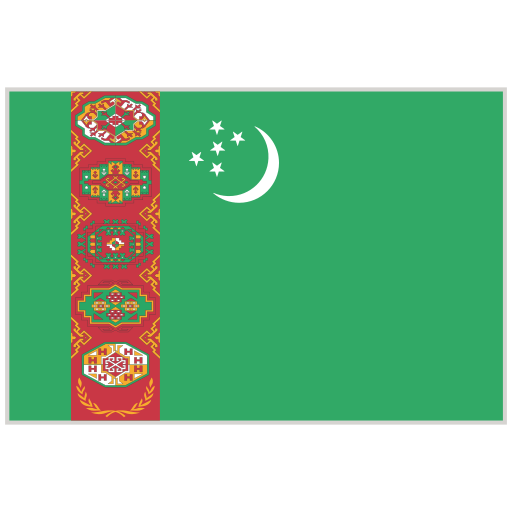In many languages of the world, the umbrella is called “zont.” This word comes from the Dutch words zonnedoek and zondek, which literally mean “protection from the sun.” Therefore, according to historical records, the first umbrellas were not created to protect from rain, but to shield from the sun.
Later, umbrellas came to consist of a frame made of metal rods fixed on a handle, covered with synthetic, waterproof material (nylon, polyamide).
In fact, umbrellas existed as early as the 11th century BC. At that time, their height was about 1.5 meters, and their weight was around 2 kilograms. In a later period, in India, the umbrella was considered a symbol of wealth and power.
The first umbrellas designed to protect from sunlight appeared 4,000 years ago in Ancient Egypt. Initially, they were made in a simple form. They consisted of two layers: the upper layer was made of palm leaves (to protect from the sun), and the lower layer was a wooden handle that served as support for the leaves.
Serdar NAZAROV,
head of the Organizational department of the Berkararlyk
etrap Council of Ashgabat city of the Youth Organization
of Turkmenistan named after Magtymguly.














